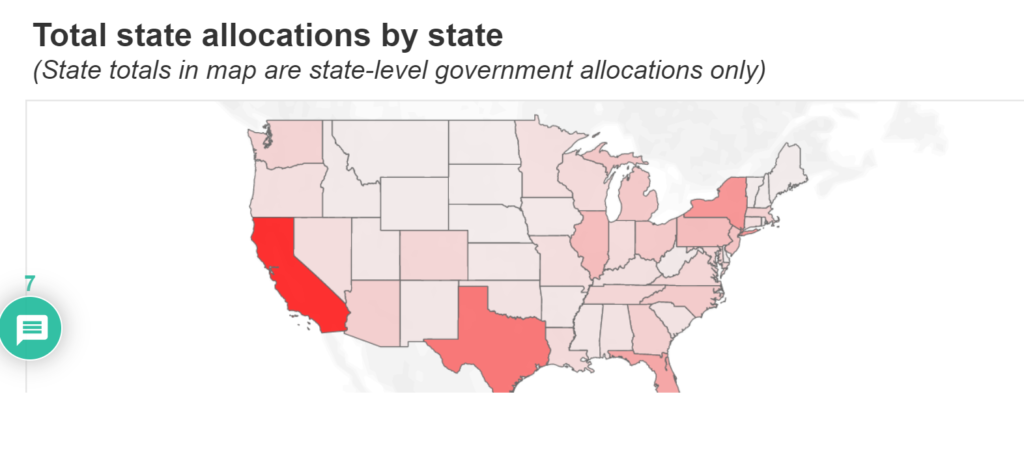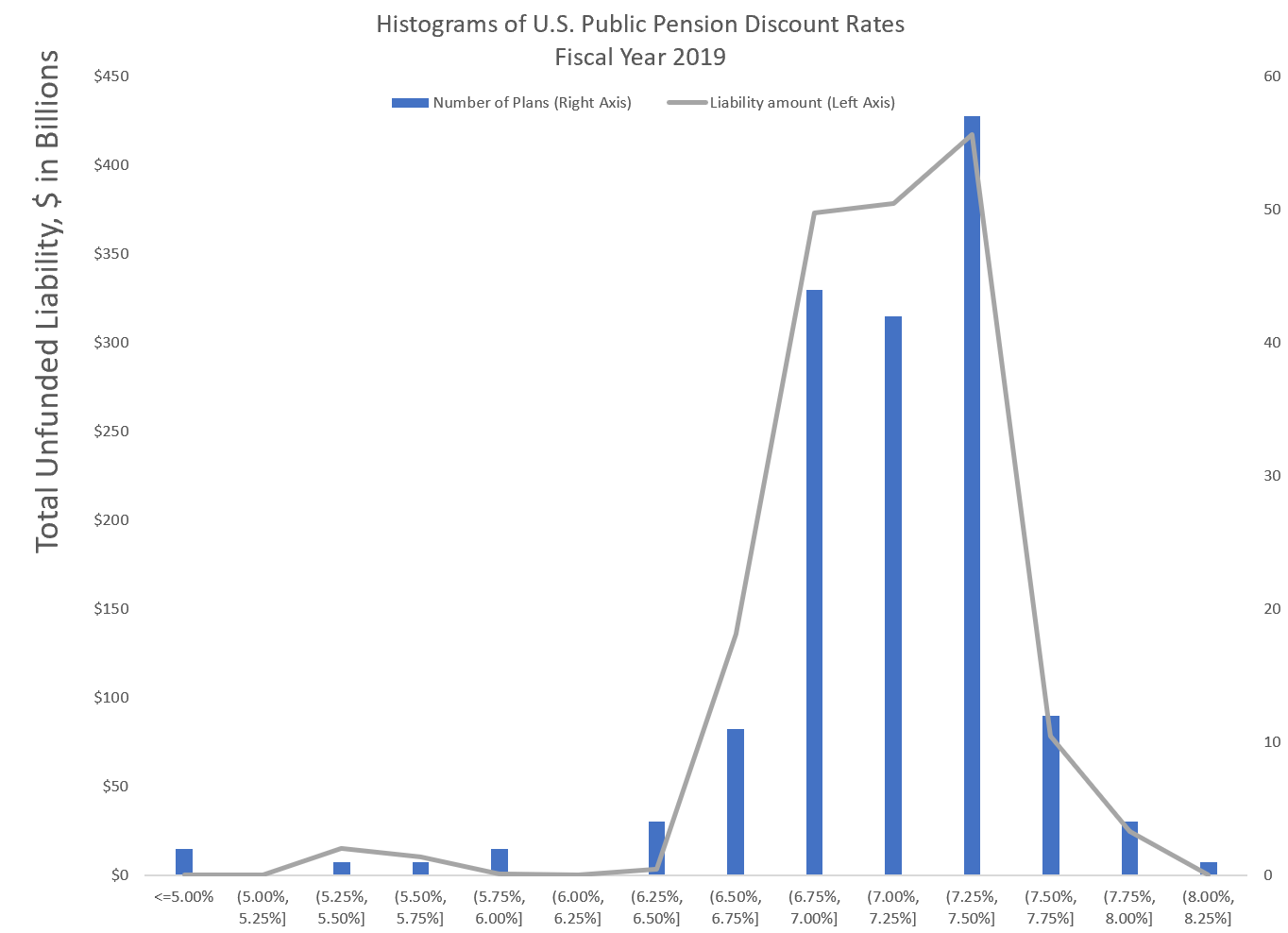Link: https://www.sfchronicle.com/politics/article/Federal-stimulus-nearly-wipes-away-San-16010321.php
Excerpt:
The federal stimulus package likely to be signed by President Biden this week will erase the majority of San Francisco’s projected $650 million budget deficit over the next two years, saving City Hall from having to make painful service cuts and layoffs — for now.
While the federal stimulus is a boon for the economy in the short term, it will not solve all of the city’s financial woes. San Francisco’s ultimate recovery heavily depends on how quickly parts of the local economy bounce back, from tourists visiting the city to employees returning to downtown offices.
Without a substantial comeback in hotel, sales and business taxes, City Controller Ben Rosenfield said that Mayor London Breed and the Board of Supervisors will likely grapple with a fragile budget over the next few years.
…..
The city learned in December it had a $125 million surplus for the current year due to higher-than-expected property tax revenue, increased federal reimbursements and lower expenses. But that was only for the current year.
Breed ordered every city department to propose cuts to trim budgets by 10% over the next two years. Those cuts could have had noticeable impacts, from fewer 911 operators to fewer trial attorneys in the public defender’s office.
Author(s): Trisha Thadani
Publication Date: 8 March 2021
Publication Site: San Francisco Chronicle


